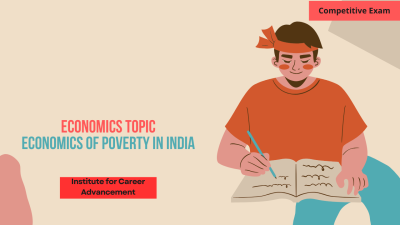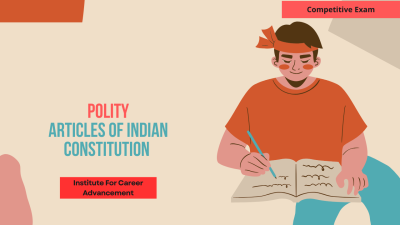Economics of Poverty in India
Economics of Poverty in India explores the causes, consequences, and policies related to poverty in India. It examines how economic factors like income inequality, unemployment, and lack of access to basic resources contribute to poverty. The course also evaluates the effectiveness of various government programs and initiatives aimed at poverty alleviation, including social welfare schemes, rural development, and inclusive economic growth strategies. It provides a deep understanding of the socio-economic conditions that perpetuate poverty and looks at sustainable solutions for improving the living standards of marginalized populations in India. ভারতে দারিদ্র্যের অর্থনীতি ভারতে দারিদ্র্য সম্পর্কিত কারণ, পরিণতি এবং নীতিগুলি অন্বেষণ করে। আয়ের বৈষম্য, বেকারত্ব এবং মৌলিক সম্পদের অভাবের মতো অর্থনৈতিক কারণগুলি কীভাবে দারিদ্র্যের ক্ষেত্রে অবদান রাখে তা এটি পরীক্ষা করে। কোর্সটি সমাজ কল্যাণ প্রকল্প, গ্রামীণ উন্নয়ন এবং অন্তর্ভুক্তিমূলক অর্থনৈতিক প্রবৃদ্ধির কৌশল সহ দারিদ্র্য দূরীকরণের লক্ষ্যে বিভিন্ন সরকারী কর্মসূচি এবং উদ্যোগের কার্যকারিতাও মূল্যায়ন করে। এটি দারিদ্র্য স্থায়ী করে এমন আর্থ-সামাজিক পরিস্থিতি সম্পর্কে গভীর ধারণা প্রদান করে এবং ভারতে প্রান্তিক জনগোষ্ঠীর জীবনযাত্রার মান উন্নয়নের জন্য টেকসই সমাধানের দিকে নজর দেয়।
English
Last updated
Sat, 08-Mar-2025



















